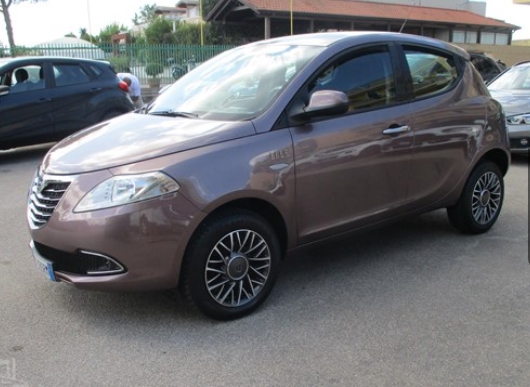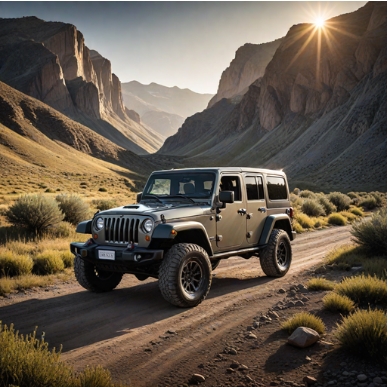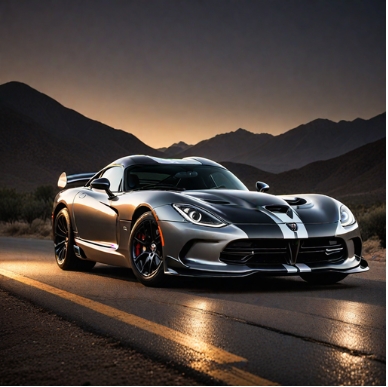The Evolution of the Chevrolet Uplander
The Chevrolet Uplander was a minivan produced by General Motors under the Chevrolet brand, primarily aimed at families and commercial users seeking versatility and practicality. Introduced in the mid-2000s, the Uplander’s lifecycle spanned several years of production, during which it underwent various updates, trim level offerings, and market adjustments. This article provides a detailed account of the Uplander’s development, production timeline, models, and trim levels.
Introduction and Development
The Chevrolet Uplander was developed as part of GM’s strategic move into the minivan segment, competing with models like the Chrysler Town & Country, Honda Odyssey, and Toyota Sienna. It was built on the GM GM Theta platform, which it shared with other small SUVs and crossovers such as the Pontiac Montana SV6.
The Uplander was officially unveiled in 2004 as a 2005 model, marking Chevrolet’s entry into the minivan market with a vehicle designed primarily for family transportation and commercial fleet use.
Production Years and Market Presence
Production Span:
- 2005 to 2009
The Chevrolet Uplander was produced from 2005 through 2009, with its manufacturing primarily taking place at GM’s Wentzville Assembly Plant in Missouri.
Discontinuation:
The Uplander was discontinued after the 2009 model year, as GM shifted focus to larger SUVs and crossover vehicles, and due to declining sales in the traditional minivan segment amidst changing consumer preferences.
Model Years and Facelifts
Throughout its production run, the Uplander remained relatively unchanged in terms of exterior styling and major features, with most updates occurring in trim and equipment levels. The vehicle maintained a consistent design language, with minor facelifts and interior updates aimed at keeping it competitive.
2005-2006:
- Initial launch with standard features and base trim levels.
2007:
- Minor interior updates, including new upholstery options and improved infotainment systems.
2008:
- Introduction of new safety features and optional equipment packages.
2009:
- Final model year, with limited updates and the conclusion of the Uplander’s production.
Trim Levels and Models
The Chevrolet Uplander was offered in several trim levels throughout its production, catering to different customer needs—from basic fleet models to well-equipped family vans.
2005-2006 Models:
- LS (Base Trim):
The entry-level Uplander, featuring standard amenities like cloth seats, a basic audio system, manual windows, and standard safety features. - LT:
A step up, offering additional comfort and convenience features such as power windows and locks, cruise control, upgraded audio, and cloth upholstery with optional leather seating. - LT with Extended Features:
Some markets offered a more comprehensive package with additional options like rear-seat DVD entertainment and premium audio systems.
2007-2008 Models:
- The trim levels remained largely consistent, with the addition of:
- LT1:
Featured upgrades such as a stronger V6 engine option, dual-zone climate control, and enhanced interior trim. - LT2:
The top-tier trim, including leather upholstery, premium sound systems, power sliding doors, and rear parking sensors.
Special Editions and Packages:
Throughout its run, Chevrolet occasionally offered special packages, such as the “Uplander LTZ” or “Premier,” which included luxury features, alloy wheels, and upgraded interior appointments. However, these were less common compared to the primary trims.
Powertrain and Equipment
The Chevrolet Uplander was primarily equipped with a 3.5-liter V6 engine (L61) producing approximately 200 horsepower, coupled with a 4-speed automatic transmission. In later years, a 3.9-liter V6 (LZ8) producing around 240 horsepower was offered as an upgrade, providing better performance.
Standard features across models included:
- Front-wheel drive (with optional all-wheel drive in some fleet or commercial versions)
- Power steering
- ABS brakes
- Dual front airbags
- Child safety locks
Higher trims added features such as:
- Leather upholstery
- Power sliding doors
- Power liftgate
- Rearview camera systems
- Upgraded audio and navigation systems
Market Position and Competitors
The Uplander was positioned as a family-oriented minivan with a focus on comfort, practicality, and affordability. It competed primarily with:
- Chrysler Town & Country
- Honda Odyssey
- Toyota Sienna
- Dodge Grand Caravan
- Kia Sedona
While it was appreciated for its spacious interior and smooth ride, it faced stiff competition from more established models with advanced features and reputation.
.
Many car aficionados have multiple hobbies, like boating as well as auto stuff. Those who don’t already own a boat (and even some that do), may have thought about building their own boats. It’s really not as hard as you’d think. Just take a look at these easy boat building plans!

.
Discontinuation and Legacy
The Chevrolet Uplander was phased out after the 2009 model year, largely due to declining sales and shifting consumer preferences toward crossover SUVs. GM shifted focus to models like the Chevrolet Traverse and Equinox, which offered similar versatility with a more modern design and better fuel efficiency.
Despite its relatively short production span, the Uplander remains a recognizable part of Chevrolet’s minivan history, known for its practicality and value. Many used Uplanders continue to serve as family vehicles and fleet vans, thanks to their spacious interiors and straightforward mechanics.
Summary
| Year | Model Name | Trim Levels / Notable Features | Production Notes |
|---|---|---|---|
| 2005-2006 | Chevrolet Uplander | LS, LT; base and upgraded trims with cloth or optional leather seats | Launch year, basic features, standard V6 engine |
| 2007-2008 | Chevrolet Uplander | LS, LT, LT1, LT2; introduction of minor interior updates, new safety features | Powertrain options expanded, minor styling tweaks |
| 2009 | Chevrolet Uplander | Same trims, final production year, limited updates | Discontinued after this year, replaced by crossover models |
Conclusion
The Chevrolet Uplander’s evolution reflects the broader trends in the automotive industry during the mid-2000s, emphasizing family utility and fleet versatility. Though it was produced for only five years, the Uplander served as a reliable, practical choice for many consumers and fleet operators. Its straightforward design and trim options made it accessible and functional, even as it faced increasing competition from more modern crossover vehicles.
Today, the Uplander remains a testament to Chevrolet’s efforts in the minivan segment, with many units still on the road, appreciated for their durability and spaciousness.







